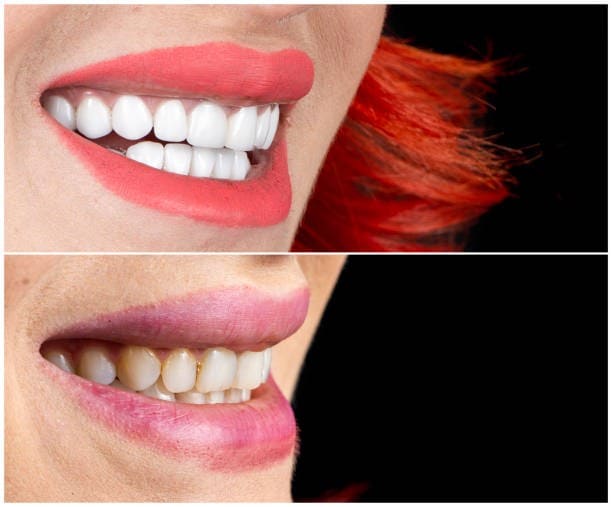
Creating a flawless smile has never been easier, thanks to the advancements in dental veneers. Veneers, a key element of cosmetic dentistry, provide a practical and effective solution for addressing issues such as discoloration, gaps, and uneven teeth. Recent innovations have not only improved the appearance and durability of veneers but also made the treatment more accessible and tailored to individual needs.
What Are Dental Veneers?
Dental veneers are thin, custom-made shells designed to cover the front surface of teeth. They are typically crafted from materials like porcelain or composite resin and are bonded to the teeth to enhance their color, shape, size, and alignment. Cosmetic dentists use these to transform a smile while maintaining a natural appearance.
Porcelain veneers are popular for their durability and likeness to natural tooth enamel. They resist stains and can last for a decade or more with proper care. Composite resin veneers, although typically less expensive, can also yield excellent results and are often easier to repair if damage occurs. These are an option for individuals looking to address aesthetic concerns, such as chipped or discolored teeth, or to achieve a brighter, more uniform smile.
The preparation process for veneers varies depending on the type chosen. It may involve the removal of a minimal amount of enamel from the tooth’s surface to make room for the veneer. This helps create a seamless fit and provides a polished, permanent look.
How Have They Changed Recently?
The field of veneers has seen several advancements, offering improved aesthetics, durability, and overall treatment experience. Recent innovations include the following:
- Ultra-thin Veneers: Modern veneers can now be as thin as a contact lens. This innovation eliminates or reduces the need to remove enamel before application, thereby preserving the underlying tooth structure.
- Enhanced Material Options: With advancements in materials science, newer veneers more effectively mimic the translucency and texture of natural teeth. These materials not only look better but are also more durable and resistant to wear.
- Minimally Invasive Techniques: Modern methods enable the application of veneers with minimal preparation of the original teeth, thereby decreasing discomfort during the process. These techniques often shorten the treatment timeline.
- Digital Smile Design: The integration of digital tools has improved the planning stage of veneer treatments. Clinicians and patients can review a 3D model of the proposed results before committing to the procedure, offering greater customization.
Collectively, these enhancements make veneers more accessible to a wider range of individuals while also creating better results.
What Technology Improves Veneer Precision?
The application of veneers has greatly benefited from technological advances, leading to more precise fits and predictable outcomes. Below are some of the technologies shaping this progress:
- CAD/CAM Technology: Computer-aided design and manufacturing (CAD/CAM) systems streamline the process of creating veneers. These tools use digital impressions of the teeth to fabricate veneers with exact dimensions, reducing the need for adjustments during application.
- 3D Printing: This technology facilitates the construction of prototype veneers for testing and refinement. 3D models enable dentists to evaluate the fit and appearance before finalizing them, verifying both accuracy and comfort.
- Digital Scanning: Digital scanners have replaced traditional putty molds, offering a more comfortable experience for patients. The high-resolution scans capture even the smallest details of the teeth, improving veneer fit.
- Shade-Matching Devices: Tools that analyze the color of a patient’s teeth have improved the ability to match the shade of the veneers with the natural teeth. This eliminates guesswork, resulting in a seamless, natural look.
These technologies have made the veneer process more efficient and predictable, saving time and enhancing the outcome for patients.
Consult a Specialist
Advancements in veneers have revolutionized cosmetic dentistry, offering improved aesthetics, comfort, and precision. New materials, techniques, and technology now deliver longer-lasting, more natural results. Consulting a specialist is the best way to explore these options and determine what suits your unique dental needs. A qualified professional can help align these innovations with your goals, making a perfect smile more achievable than ever. If you’re ready to transform your smile, scheduling a consultation is the ideal first step.
